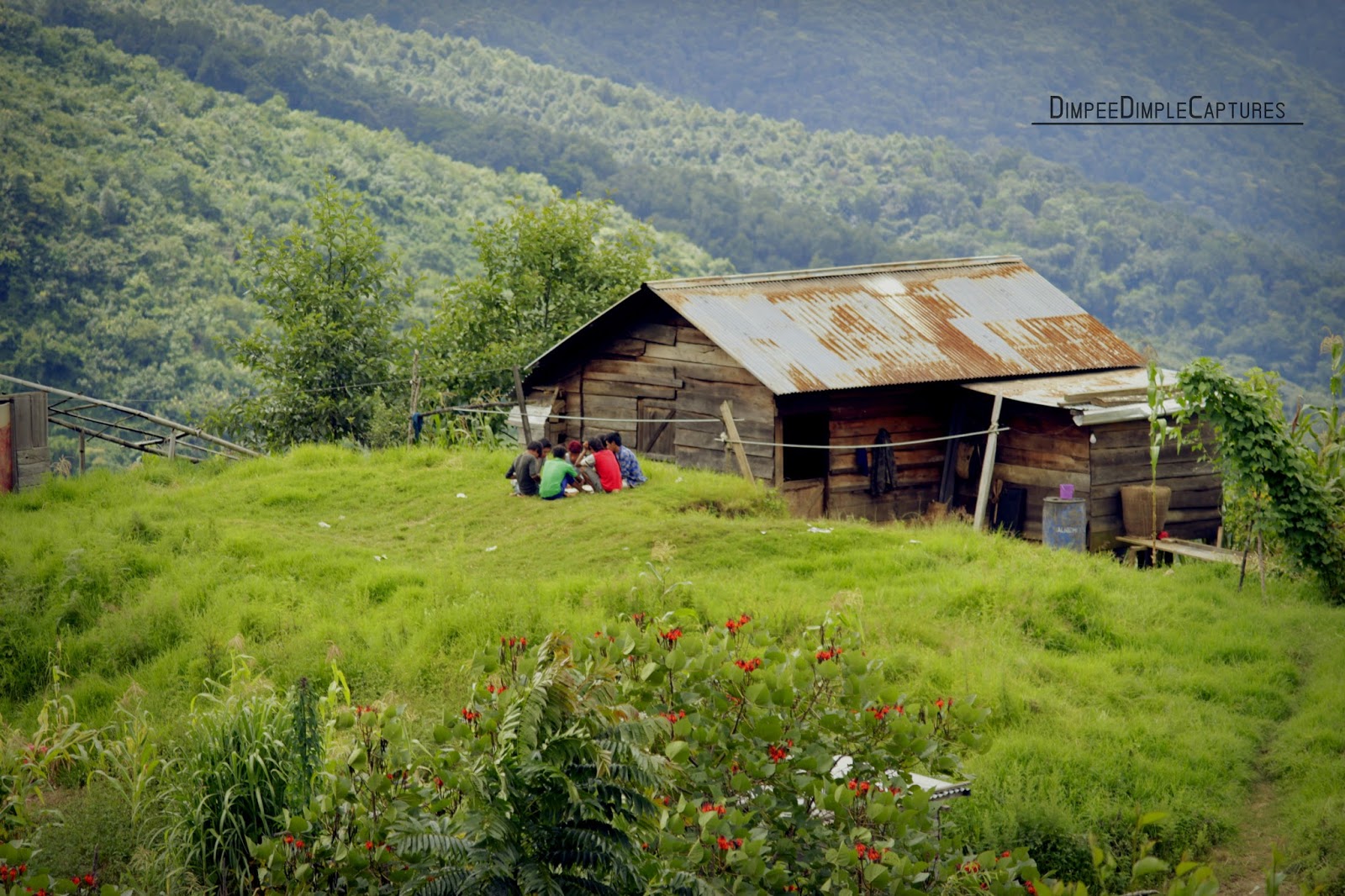In a recent development, the Thanamir Village Council, in collaboration with the Thanamir Village Citizenship and Thanamir Village Students’ Union, has vehemently opposed the Tikhir Naga tribe’s claim over Mt Saramati. This dispute has ignited tensions in the region, with both factions standing firm on their respective positions.
The Thanamir Village Council, representing the interests of the local community, took a decisive stand against the claims made by the Tikhir Naga tribe regarding the ownership and rights over Mt Saramati. This significant mountain, located in Nagaland, has become a focal point of contention, leading to discord between the two communities.
The Tikhir Naga tribe, on the other hand, has asserted its historical ties to Mt Saramati, claiming ancestral rights and cultural significance attached to the mountain. This has created a complex situation, requiring careful examination and resolution to maintain peace and harmony in the region.
The dispute has reached a point where both factions are entrenched in their perspectives, leading to a potential challenge for local authorities in managing the situation. The Thanamir Village Council’s opposition indicates a deep-seated disagreement that needs careful handling to prevent any escalation.
More About It
Local residents, caught in the crossfire of this dispute, are expressing concerns over the potential impact on their daily lives and community relations. The need for a peaceful resolution is now more critical than ever, with community leaders and authorities urged to intervene and facilitate dialogue between the opposing parties.
This recent development adds another layer of complexity to the cultural and territorial landscape of Nagaland. As the situation unfolds, it underscores the importance of effective conflict resolution mechanisms and the role of community leaders in fostering understanding and unity.
The authorities are expected to step in and initiate a dialogue between the Thanamir Village Council and the Tikhir Naga tribe to address their grievances and find a middle ground that respects the cultural heritage and historical connections of both communities. Only through open communication and a collaborative approach can a sustainable solution be reached, ensuring the long-term stability and coexistence of the diverse ethnic groups in Nagaland.




